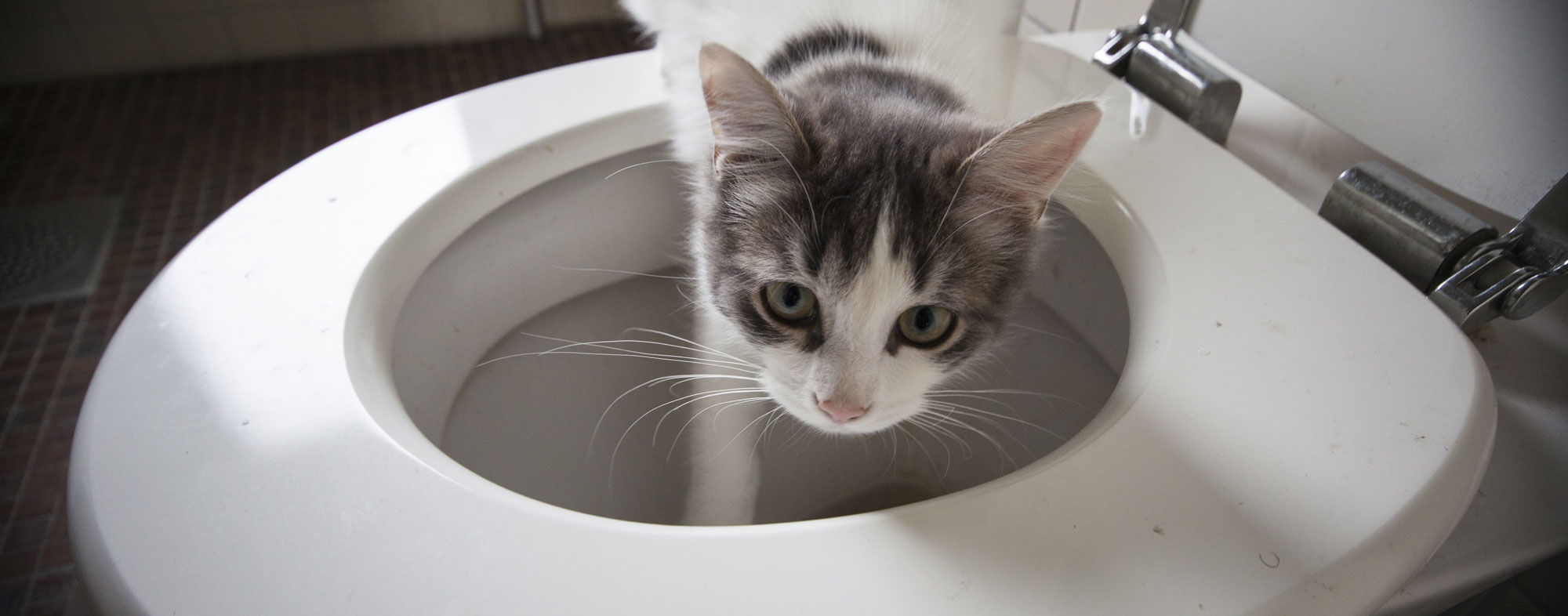The Consequences of Flushing Cat Poop Down Your Toilet - Safeguard Your Pipes
The Consequences of Flushing Cat Poop Down Your Toilet - Safeguard Your Pipes
Blog Article
What're your thoughts with regards to How to Dispose of Cat Poop and Litter Without Plastic Bags?

Introduction
As cat proprietors, it's vital to bear in mind how we deal with our feline good friends' waste. While it might appear practical to purge feline poop down the commode, this practice can have detrimental consequences for both the atmosphere and human health and wellness.
Alternatives to Flushing
The good news is, there are more secure and more liable ways to get rid of pet cat poop. Think about the adhering to alternatives:
1. Scoop and Dispose in Trash
One of the most common technique of dealing with cat poop is to scoop it right into a naturally degradable bag and throw it in the trash. Be sure to utilize a dedicated clutter scoop and get rid of the waste promptly.
2. Usage Biodegradable Litter
Opt for naturally degradable feline trash made from materials such as corn or wheat. These litters are eco-friendly and can be safely thrown away in the trash.
3. Bury in the Yard
If you have a yard, think about burying cat waste in a designated location far from veggie gardens and water sources. Make sure to dig deep sufficient to stop contamination of groundwater.
4. Install a Pet Waste Disposal System
Purchase a pet garbage disposal system especially made for feline waste. These systems utilize enzymes to break down the waste, decreasing smell and ecological effect.
Wellness Risks
In addition to environmental problems, flushing cat waste can additionally present health and wellness threats to people. Feline feces might contain Toxoplasma gondii, a parasite that can trigger toxoplasmosis-- a potentially extreme ailment, particularly for pregnant women and people with weakened immune systems.
Ecological Impact
Flushing feline poop presents unsafe pathogens and parasites into the supply of water, positioning a significant threat to marine ecosystems. These contaminants can adversely influence marine life and compromise water top quality.
Verdict
Responsible animal ownership extends past offering food and sanctuary-- it likewise involves appropriate waste administration. By refraining from purging pet cat poop down the toilet and selecting alternate disposal techniques, we can reduce our environmental impact and secure human health.
Why Can’t I Flush Cat Poop?
It Spreads a Parasite
Cats are frequently infected with a parasite called toxoplasma gondii. The parasite causes an infection called toxoplasmosis. It is usually harmless to cats. The parasite only uses cat poop as a host for its eggs. Otherwise, the cat’s immune system usually keeps the infection at low enough levels to maintain its own health. But it does not stop the develop of eggs. These eggs are tiny and surprisingly tough. They may survive for a year before they begin to grow. But that’s the problem.
Our wastewater system is not designed to deal with toxoplasmosis eggs. Instead, most eggs will flush from your toilet into sewers and wastewater management plants. After the sewage is treated for many other harmful things in it, it is typically released into local rivers, lakes, or oceans. Here, the toxoplasmosis eggs can find new hosts, including starfish, crabs, otters, and many other wildlife. For many, this is a significant risk to their health. Toxoplasmosis can also end up infecting water sources that are important for agriculture, which means our deer, pigs, and sheep can get infected too.
Is There Risk to Humans?
There can be a risk to human life from flushing cat poop down the toilet. If you do so, the parasites from your cat’s poop can end up in shellfish, game animals, or livestock. If this meat is then served raw or undercooked, the people who eat it can get sick.
In fact, according to the CDC, 40 million people in the United States are infected with toxoplasma gondii. They get it from exposure to infected seafood, or from some kind of cat poop contamination, like drinking from a stream that is contaminated or touching anything that has come into contact with cat poop. That includes just cleaning a cat litter box.
Most people who get infected with these parasites will not develop any symptoms. However, for pregnant women or for those with compromised immune systems, the parasite can cause severe health problems.
How to Handle Cat Poop
The best way to handle cat poop is actually to clean the box more often. The eggs that the parasite sheds will not become active until one to five days after the cat poops. That means that if you clean daily, you’re much less likely to come into direct contact with infectious eggs.
That said, always dispose of cat poop in the garbage and not down the toilet. Wash your hands before and after you clean the litter box, and bring the bag of poop right outside to your garbage bins.
https://trenchlesssolutionsusa.com/why-cant-i-flush-cat-poop/

We were shown that article on Can You Flush Cat Poo or Litter Down the Toilet? through an associate on another site. Do you know about another person who is looking into the niche? Why not promote it. Thanks for going through it.
Click Here To Read More Report this page